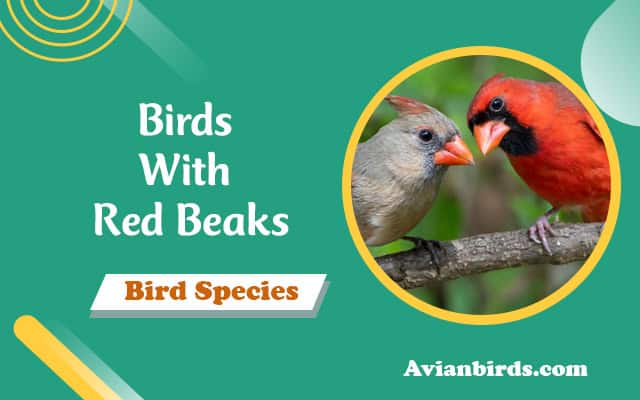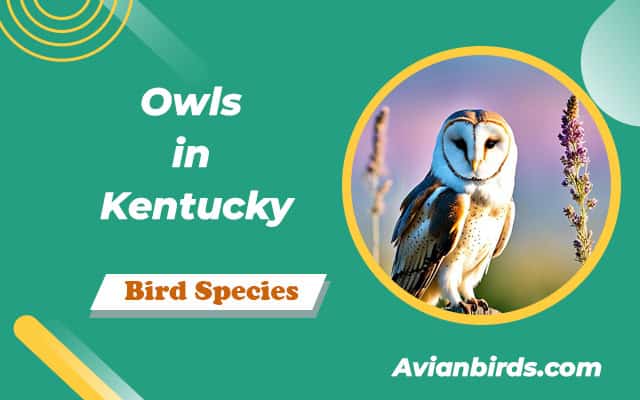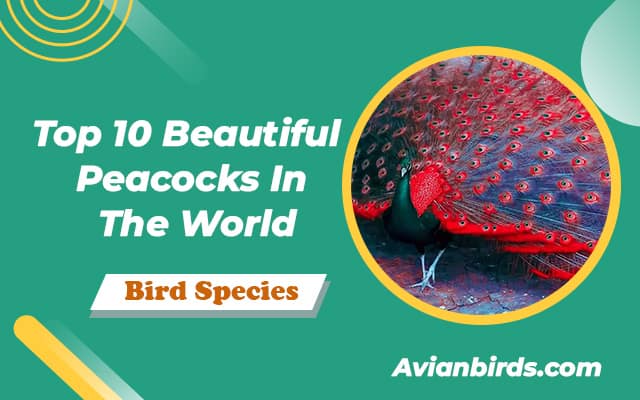15 Beautiful Birds With Red Beaks (Stunning Images)
Did you know over 500 different birds with red beaks exist around the world? This shows how many stunning birds there are. They catch our eyes with their bright feathers and beaks. We’ll look at 15 amazing species with red beaks in this article.
The red beaks of these birds are key to their beauty and how they act. Let’s see how these bright colors help them. We’ll show you stunning images of birds with red beaks that are full of life and charm!
Introduction to Birds With Red Beaks
Birds with red beaks catch our eye with their bright colors and interesting ways. They show us how important beaks are in their lives. We learn about their roles in nature and how they adapt.
Beak color and shape tell us a lot about a bird’s health and how well it fits into its environment. This helps us see why birds with red beaks are so interesting.
Importance of Beak Color in Birds
The color of a bird’s beak does more than just look good. It helps in finding a mate and marking territory. Bright beaks can show how healthy a bird is, helping it find a mate.
For birds that rely on sight, beak color is key. It helps them recognize each other and keep their social groups strong.
Role of Beaks in Bird Behavior
Beaks are essential for many bird behaviors. They help with finding food, cleaning themselves, and showing off in courtship dances. Beaks are more than just pretty; they’re crucial for survival and finding a mate.
Learning about the link between beaks and bird behavior helps us appreciate these amazing birds more.
1. Northern Cardinal
- Scientific Name: Cardinalis cardinalis
- Size: 21–23 cm (8.3–9.1 in)
- Weight: 38–65 g (1.3–2.3 oz)
- Lifespan: 3–15 years (up to 28 years in the wild)
- Diet: Seeds, fruits, and insects; known for their striking red coloration in males and distinctive crest.
The Northern Cardinal, known as Cardinalis cardinalis, is a beloved bird in North America. It’s known for its bright red feathers, especially in males. This makes it a symbol of beauty in our gardens and woods. Females have more subtle colors but both have bright red beaks important for eating.

Appearance and Distribution
The Northern Cardinal is known for its bright colors. Males have bright red feathers, while females have brownish tones with red accents. They live in many places, from woodlands to backyards. Their range goes from southeastern Canada to the southern United States.
This lets them live in different places and be seen by many bird lovers.
Feeding Habits and Diet
The Northern Cardinal eats seeds, fruits, and insects. They find seeds on the ground and crack open tough shells with their strong beaks. This helps them survive in different places and helps our gardens by eating pests and spreading seeds.
2. Black Oystercatcher
- Scientific Name: Haematopus bachmani
- Size: 38–43 cm (15–17 in)
- Weight: 500–800 g (1.1–1.8 lb)
- Lifespan: 10–20 years
- Diet: Primarily mollusks, including clams and mussels, as well as other intertidal invertebrates.
The Black Oystercatcher, known as Haematopus bachmani, is a fascinating coastal bird. It lives on rocky shores. Its bright red beak is key to its survival. By learning about its home and how it nests, we can see how it thrives.
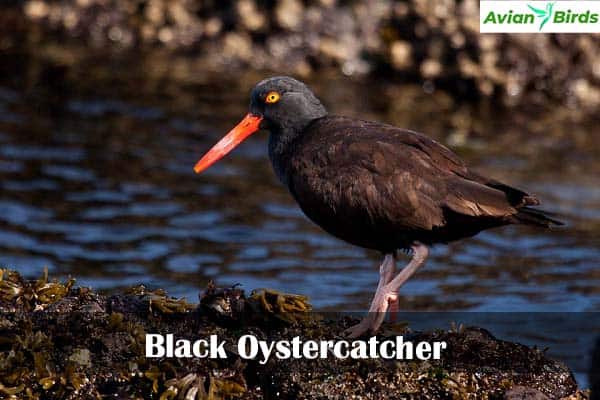
Habitat and Nesting Behavior
This bird loves the Pacific Coast from Alaska to Baja California. It finds plenty of shellfish there, which it needs to eat. Haematopus bachmani can live in many places but always picks rocky shores for its home.
Black Oystercatchers build nests near where they find food. This way, they can easily get to their meals and keep their eggs safe. They use pebbles and natural shelters for their nests, keeping them safe yet easy to get to.
| Aspect | Description |
|---|---|
| Scientific Name | Haematopus bachmani |
| Habitat Range | Coastal regions from Alaska to Baja California |
| Feeding Technique | Using their beaks to pry open shellfish |
| Nesting Behavior | Nests built near feeding grounds |
| Typical Nesting Material | Pebbles and beach vegetation |
3. Red-billed Chough
- Scientific Name: Pyrrhocorax pyrrhocorax
- Size: 32–35 cm (12.5–14 in)
- Weight: 150–200 g (5.3–7.1 oz)
- Lifespan: 10–15 years
- Diet: Insects, seeds, and fruits; often forages in open grasslands and rocky areas.
The Red-billed Chough, known as Pyrrhocorax pyrrhocorax, stands out with its bright red beak and legs. These features contrast with its shiny black feathers. Their social ways and how they find food are what really grab our attention.

Social Structure and Behavior
Red-billed Choughs live in close family groups, showing strong social bonds. These bonds help them work together, like when they search for food or protect their home. They use different calls to talk to each other, which is key in their social life.
They also show off their flying skills, doing acrobatics in the air. This makes watching them very interesting.
Feeding Techniques
How the Red-billed Chough finds food is quite interesting. They are smart and find insects and worms in the ground with their sharp beaks. You can see them in fields and meadows, using their skills to find food.
4. Red-billed Tropicbird
- Scientific Name: Phaethon aethereus
- Size: 80–90 cm (31–35 in)
- Weight: 500–700 g (1.1–1.5 lb)
- Lifespan: 10–20 years
- Diet: Primarily fish and squid; they catch prey by diving from the air.
The Red-billed Tropicbird Birds With Red Beaks, known as Phaethon aethereus, stands out with its bright red bill and long tail feathers. It lives in tropical and subtropical areas, enjoying unique seabird homes.
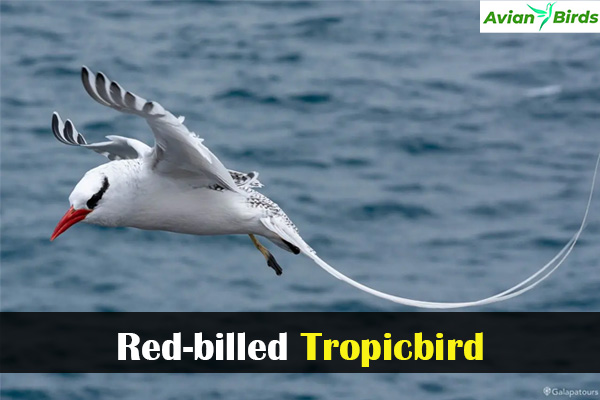
Location and Breeding Grounds
Red-billed Tropicbirds nest on rocky islands with steep cliffs. These cliffs keep their eggs safe. The warm waters around these islands are perfect for their survival and breeding.
They breed in the Caribbean and parts of the Pacific. These places offer lots of food and little competition.
Diet and Hunting Strategies
Red-billed Tropicbirds eat fish and squid. They hunt by diving into the water to catch their food. This shows their amazing agility and skill in the ocean.
5. Green Wood Hoopoe
- Scientific Name: Phoeniculus purpureus
- Size: 30–36 cm (11.8–14.2 in)
- Weight: 100–150 g (3.5–5.3 oz)
- Lifespan: 10–15 years
- Diet: Insects, larvae, and other small invertebrates; often forages on the ground or in leaf litter.
The Green Wood Hoopoe, known as Phoeniculus purpureus, is a bird that catches the eye with its bright colors. It has a special way of living and a favorite place to stay. This tells us how they survive and grow in different places.

Social Dynamics of the Species
The Green Wood Hoopoe lives in groups and works together. They help each other raise their young, which helps more babies survive. Adults share food and protect their home, showing how close they are.
Preferred Habitat
The Green Wood Hoopoe likes to live in many places. You can find them in woods, grasslands, and even in some gardens in sub-Saharan Africa. These places give them food and a safe place to nest. Knowing where they live helps us see how they keep nature in balance.
6. Rose-ringed Parakeet
- Scientific Name: Psittacula krameri
- Size: 40–42 cm (15.7–16.5 in)
- Weight: 100–150 g (3.5–5.3 oz)
- Lifespan: 20–30 years in captivity
- Diet: Seeds, fruits, and nuts; known for their adaptability to urban environments.
The Rose-ringed Parakeet, known as Psittacula krameri, catches the eye with its bright green feathers and red beak. It lives in many places, from cities to forests. This shows how well it can adapt.
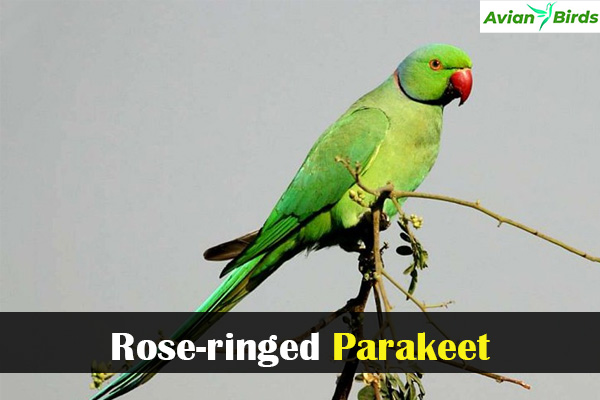
Distribution and Adaptability
This bird lives in Africa and South Asia, showing its widespread. Also, It makes homes in different places, proving it’s adaptable. It does well in cities and quiet farms alike.
It eats mostly seeds and fruits. This helps it spread seeds, making its home healthier and more diverse.
| Region | Habitat Type | Dietary Preferences |
|---|---|---|
| Africa | Savannahs and Forests | Seeds, Fruits, Nuts |
| South Asia | Urban Areas and Fields | Fruits, Grains, Vegetables |
Learning about the Rose-ringed Parakeet helps us value this colorful bird more. We see its role in nature.
Birds With Red Beaks: Fascinating Species Overview
We’re going to look at birds with red beaks. These birds have special traits that make them interesting. They have bright colors, like red beaks, and live in certain places. They also eat in unique ways. Learning about them helps us understand birds better.
Unique Traits of Other Birds with Red Beaks
Many birds with red beaks have special features. Some of these traits include:
- Colorful Plumage: Many birds have bright feathers that match their red beaks.
- Habitat Preferences: Each type of bird likes certain places, like wetlands or forests.
- Feeding Habits: Their eating habits vary a lot. Some eat seeds and fruits, while others eat from the water.
Ecological Roles of These Birds
Birds with red beaks are important in their environments. Here’s how they help:
- Seed Dispersers: These birds eat fruits and help spread seeds, which helps plants grow.
- Predators: Some birds eat pests, which helps keep the ecosystem balanced.
- Mate-Attractors: Their bright beaks help them find mates and have successful relationships.
Check Our Previous Articles:
| Birds in South Carolina |
| Green Birds in Sarasota Florida |
| Types of Conures |
| Apple Cider Vinegar In Bird Baths |
| Scary Bird Species |
Conclusion
We’ve looked at birds with red beaks and seen their amazing diversity and beauty. From the bright Northern Cardinal to the special Red-billed Tropicbird, each bird has its own unique traits. These traits help us see how important they are in our ecosystems.
We need to think about how these birds help our environment. Their homes are often in danger, which shows we must work to save them. Saving their homes helps keep their beauty around for the future and lets others enjoy these amazing birds.
Learning about birds with red beaks helps us connect more with nature. Let’s make sure to value these special birds and help protect where they live. This shows our care for wildlife and our planet.

